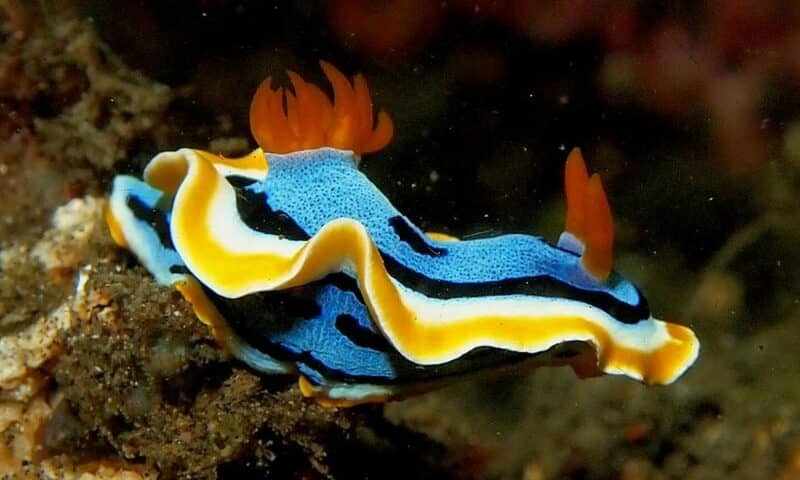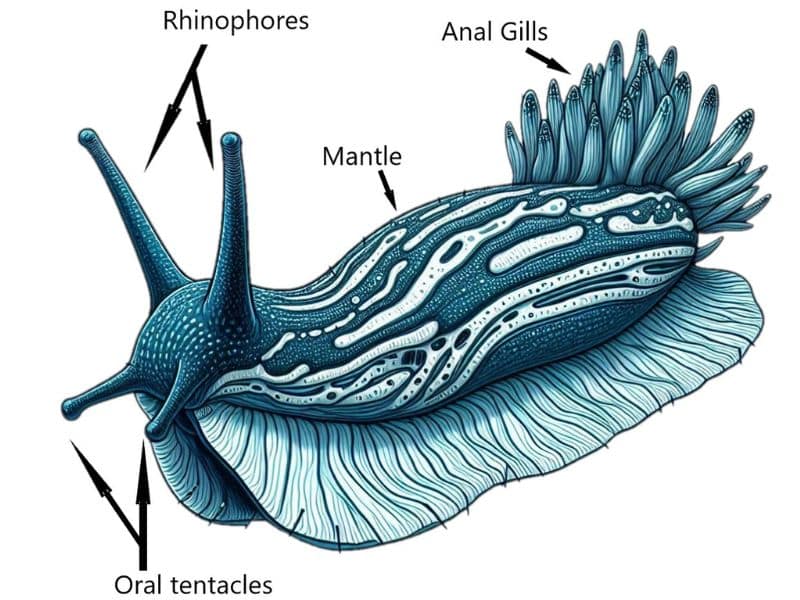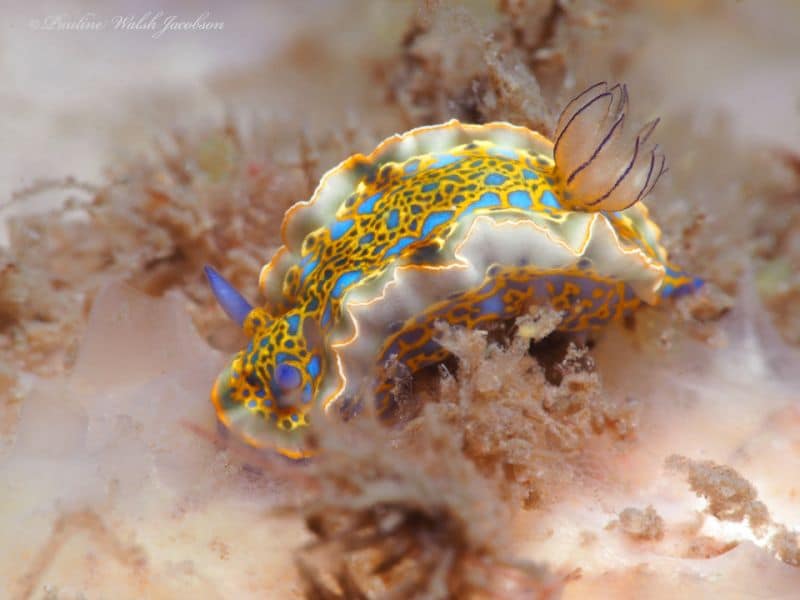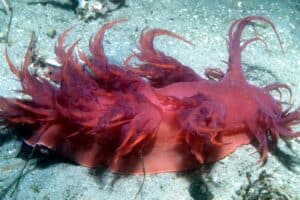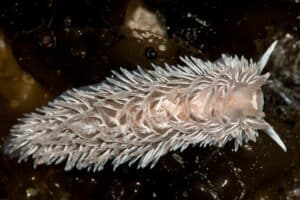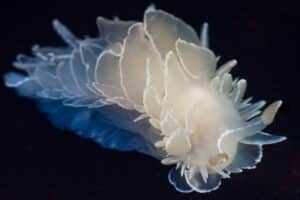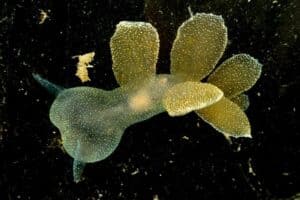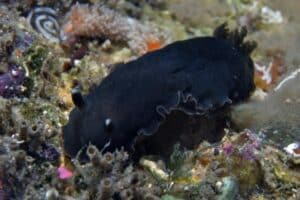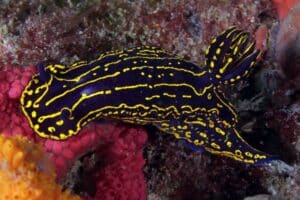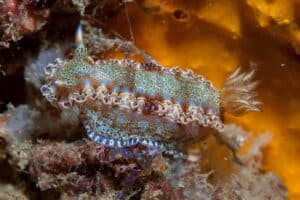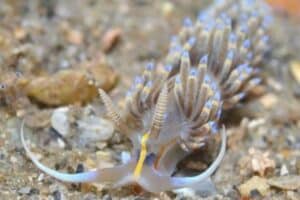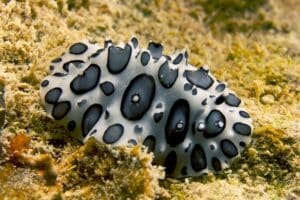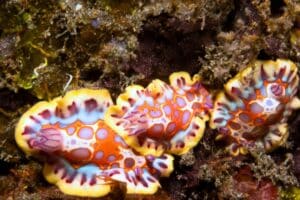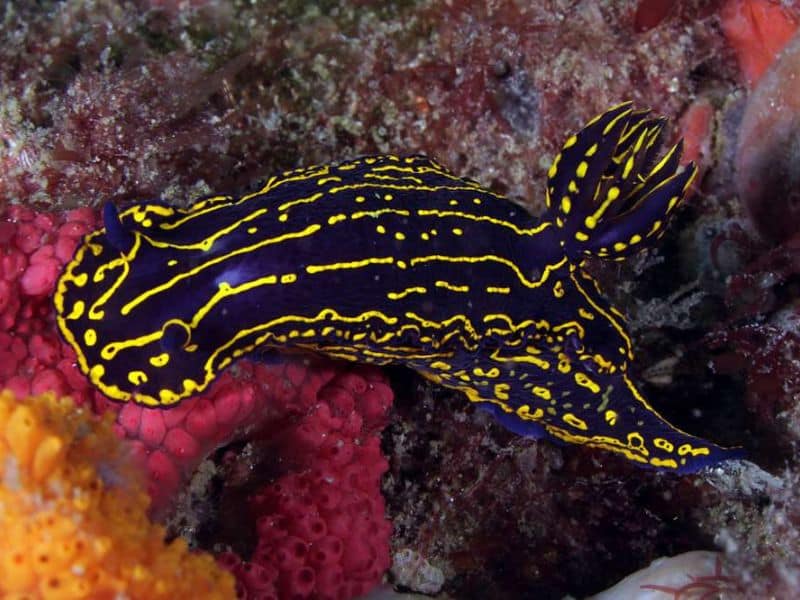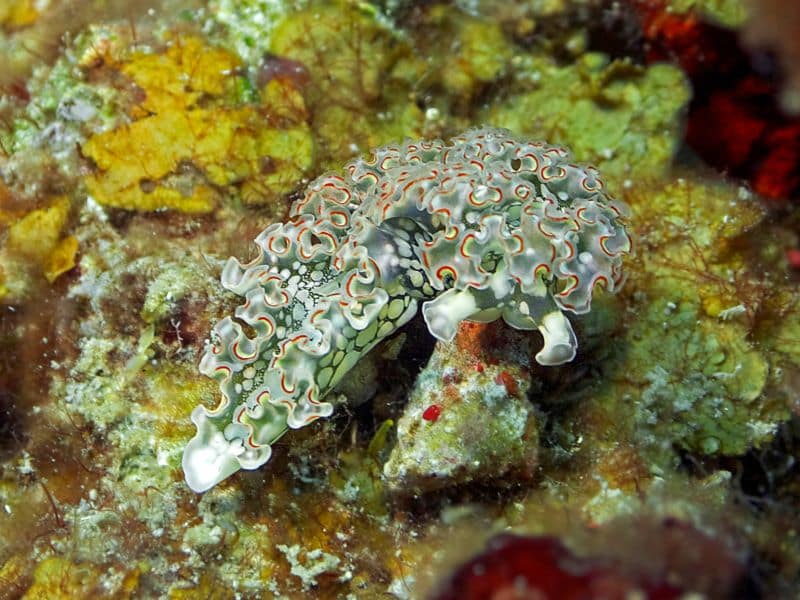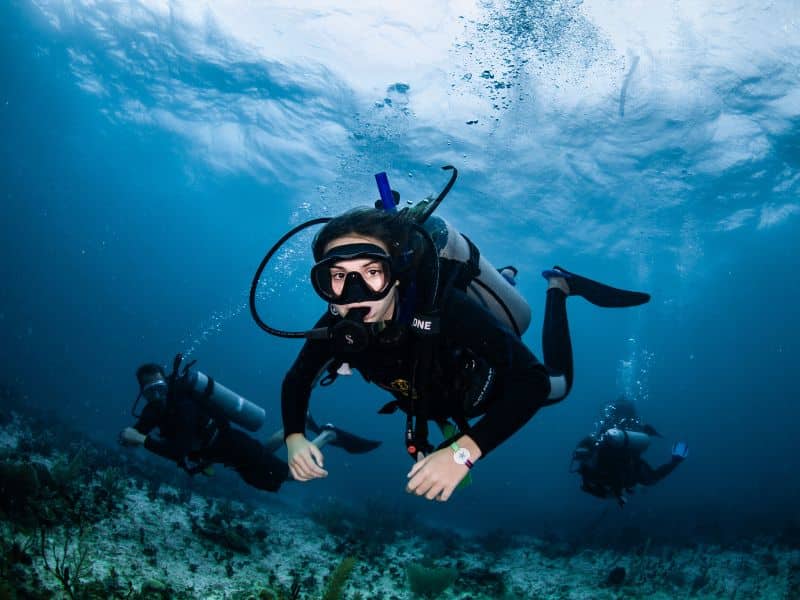Nudibranch species. Yes, you read that right.
If you haven’t heard of them, you might think it’s just a fancy term to sound like an experienced diver. But it’s not.
Nudibranch species are probably the flashiest critters in the ocean.
Here, you’ll finally discover what a nudibranch is and why nudibranch species are the reason thousands of divers can’t lift their heads out of the water without a macro camera in hand.
If you’re not a fan yet, this article will make you change your mind.
And maybe you’ve already seen photos of nudibranchs and thought, “What a cool creature! Where can I find it?”
Today, you’ll know.
Not only that, you’ll also learn the trick to spotting types of nudibranchs before anyone else.
Get ready.
Knowing nudibranch species changes the game:
The pace.
The way you look at the seafloor.
Even your next dive photo.
I promise you:
Here there’s not just data.
Here there’s experience.
Here there’s color.
Here are the nudibranch species that will make you want to dive, come back, and stay.
Yes.
This article is for you.
Are you going to read it… or let another diver find the nudibranch species you were after first?




